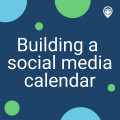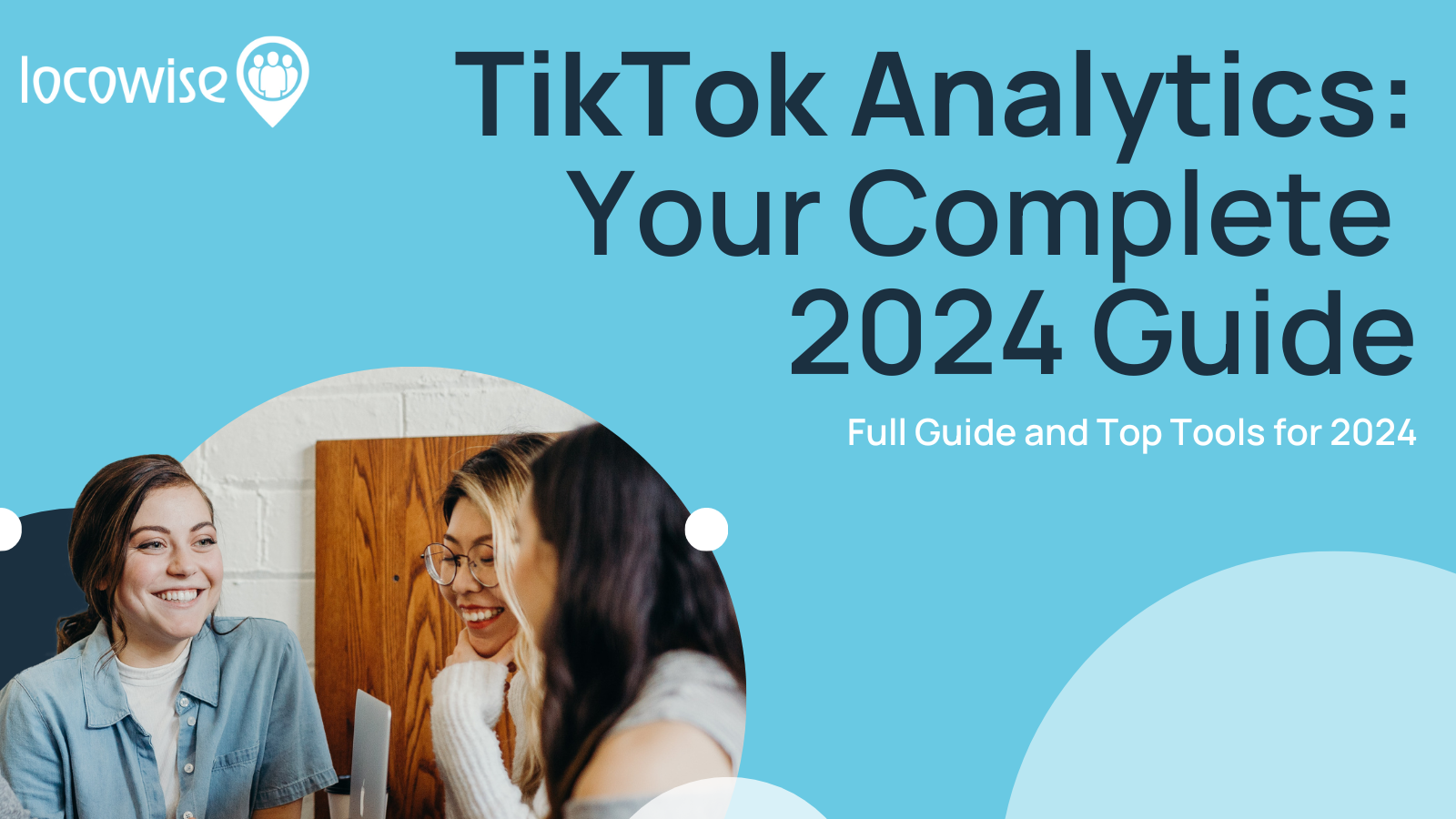How Not To Ruin Content Marketing For Your Clients
Sahail Ashraf posted on 8 January 2018
If you represent a brand online, you know how important it is to get things right. Every aspect of strategy counts in the long run because a brand has a presence that lasts.
Mistakes are costly. They can be fixed, but often there is some lingering fallout that makes it incredibly difficult for the brand to recover.
With content marketing in particular, the words and the content you use need to be carefully planned and constructed. There are some areas you need to be wary of if you are to make a successful campaign a reality.
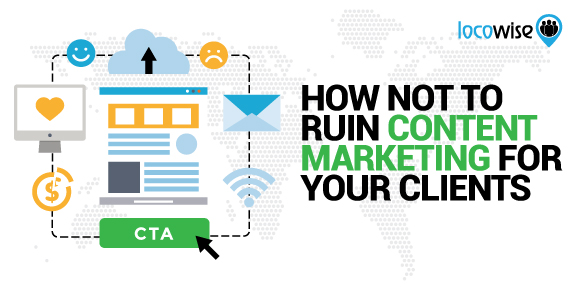
Targeting
Targeting your content to a specific audience is now so important that it should be the first thing that you think of whenever you plan out a schedule. It’s clear that most brands don’t have a super niche audience, but every audience has segments. If you’re not aware of the segments that your audience breaks down into, you will never truly realise the value of your content.
Researching your audience so you know everything about them is not laborious. It should be seen as a vital part of the content you deliver. And the fun part comes when you realise fully the extent of segmentation you have in front of you.
It makes coming up with content ideas so much easier. It also allows you to create content that is more effective, and leads to more conversions. It really is a key part of content marketing, and needs your fullest attention. Know your audience and all the segments inside it, and you will find more success.
How to ruin this:
Make sure that all your content is aimed at one particular customer type. Don’t differentiate, and keep churning out stuff that looks cool but really doesn’t help anyone.
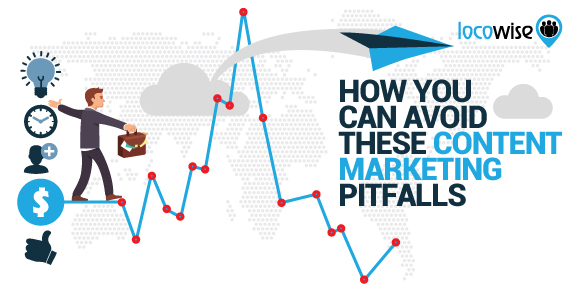
Answer Questions
It is important to be in touch with the audience you are trying to attract. This makes perfect sense with content marketing because content marketing as a discipline arose from the Internet’s ability to deliver information. The huge surge in content marketing in the last ten years has been a direct result of people realising that they can create their own content online. The very best people in this area ensured that the content they created was useful.
Useful content will trump bland content every time. Content that answers questions that an audience has is always going to be effective and popular. It is the prime reason for using the Internet. Even people who love celebrity story content are still looking for answers to something (usually ‘what’s happened?’).
Take a survey of your audience. Find out what they are most interested in finding the answers to. Alternatively, find out which sites they frequent, and which forums. You will eventually discover the kind of questions your customer has.
And then your content marketing will really begin to take shape. You’ll start answering these questions in blog posts, videos, infographics and social media posts. And your audience will be engaged because you know what bothers them, and you have the answers that make their lives easier.
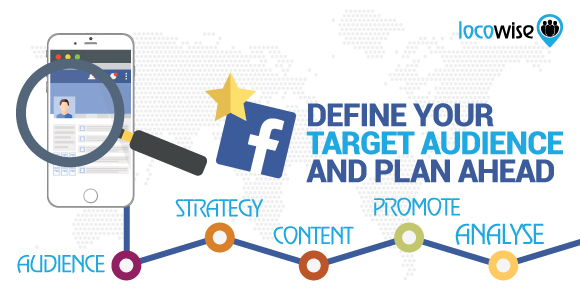
How to ruin this:
Don’t find out what they are interested in. Create a ton of bland content that is simply filling up space on the Internet. When you answer the phone to a complaint or query, don’t make notes, and don’t attempt to help at all. Oh, and when you are putting together an FAQ, just copy and paste it from a competitor site.
Understand the buyer’s journey
This is a classic mistake that brands make with content creation. Knowing where your prospects and visitors are on the buyer’s journey is absolutely crucial. If you’re building awareness, show expertise. If you’re looking to create leads, offer something for free that your audience will appreciate. If you’re simply building authority on the blog, focus on ensuring that the content is incredibly well-researched and evergreen.
There are a ton of different ways to create content, but each of these will fit into that journey. Like segmenting, each customer is coming to the process with a different backstory, and a different level of exposure to the brand. Work with the relatives to develop content that fits into each stage of the journey, and create the discipline around that. Again, it makes content creation more fun, and it also makes the content you create more purposeful.
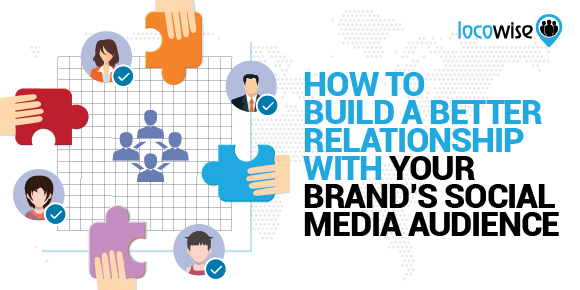
If the buyer’s journey as a concept is alien to the team, it’s time to educate them. You can map it out on the office wall or spend a day training them. It is not entirely certain that everyone knows what it is. At the same time, marketing has always had it right at the heart of things. The easiest way to explain it to anyone (including clients) is by helping people picture someone walking onto a car dealer’s forecourt. They have gone past ‘awareness’ and are now looking for ‘expertise’ and ‘information’. They’re not ready to buy but when they are the dealership team will show them solutions (car finance and so on).
All the while, they are on a specific stage in the journey. Know the stages, and create content accordingly.
How to ruin this:
Treat your entire audience the same way. Every single one of them will be exposed to the same content, much of which is confusing, or too sales-focused, and most definitely unhelpful.
Attractiveness rules
The human race is quite easy to understand. We are not complicated, and if we see something attractive, we usually act in a certain way. Your content should be absolutely appealing visually. Even with written, long-form content that forms a blog post or article, it should be a ‘given’ that there are high quality photos or illustrations, where it is obvious that the content creators have pride in what they have done.
It doesn’t take a long time to source high quality photos. You can even find great free photos that are professional quality. And when it comes to diagrams, either hire a professional or do it yourself. But it has to be clear and simple. You won’t gain any business if your content is horrible to look at, or full of huge chunks of text. People just don’t do that kind of thing anymore.
Audit the content you have created so far for a client. Is it popping off the screen? Does it have splashes of colour and an easy-to-read layout? If it doesn’t, your audience simply won’t care.
How to ruin this:
Create content that is dry to look at. No colour. No visuals. It’s easy to ruin this one.

Focus on making your content useful, targeted and attractive, and you should find that it becomes a huge part of what your client hires you for. Just remember, once it’s up there online, it’s hard to get rid of even when you do take it down.
Want to have some of the very best metrics available? Try Locowise for free, for seven days. We know you’ll like it, and your clients certainly will.



